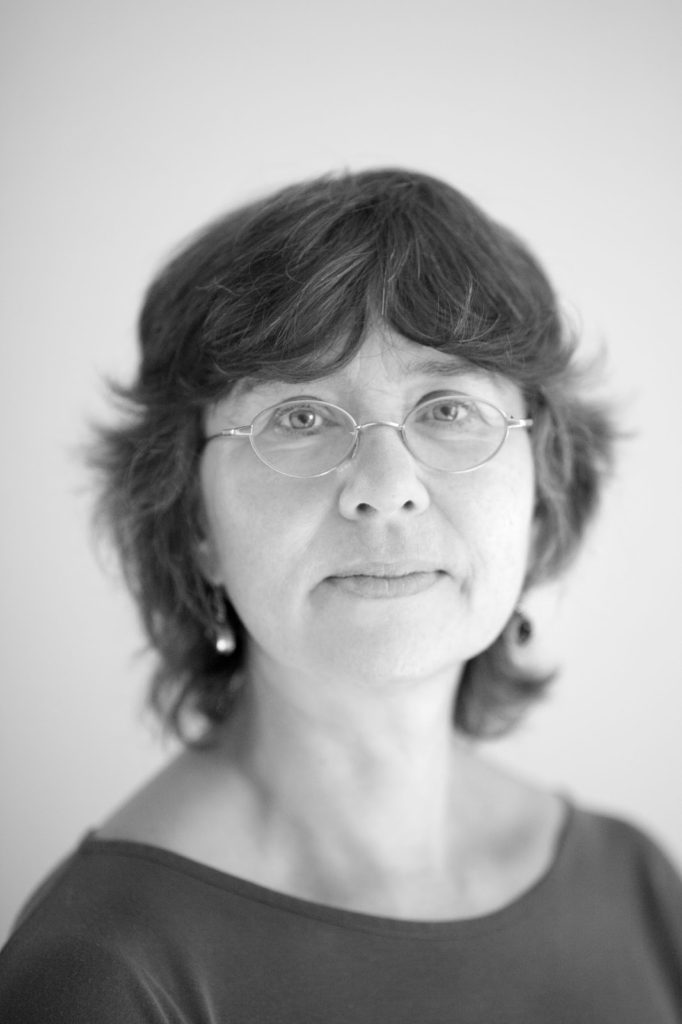 I’m Virginia Smith, a freelance historian who has been working on the history of cleanliness for 40 years full- and part-time. I live in London with my husband John Cumming and daughter Kate.
I’m Virginia Smith, a freelance historian who has been working on the history of cleanliness for 40 years full- and part-time. I live in London with my husband John Cumming and daughter Kate.
My first researches were for an M.Phil on cleanliness in Victorian fiction at Edinburgh University, followed by the history of nineteenth century public baths and wash-houses at the London School of Economics, which developed into a PhD and Fellowship on popular health hand-books 1500-1850 at the Wellcome Institute for the History of Medicine, London, under the supervision of the late Prof. Roy Porter, who led the way in developing a new social history of medicine, in which the history of health-care could at last be recognised and studied. Many years later I was lucky enough to catch the eye of Oxford University Press, who agreed to publish my work to date. I quickly rushed off to complete it.
How did I come to spend a large part of my life on the history of personal hygiene?
It all started in Italy when I was as a teenager. Visiting in the 1960s, I was fascinated by the way in which all these immaculately dressed people would emerge from tiny dark apartments on malodorous medieval lanes in mediaeval villages, dressed in spotless white cotton shirts, smart linen dresses, or white lacy ankle-socks, with lavish jewellery and immaculate grooming, all ready for their daily evening passegiata, or public promenade, amongst their family, friends and neighbours.
How did they do it, and why did they do it? Why was there such a difference between themselves and their environment? At the time (1972) I was looking for an MA subject to do, and cleanliness was something that had often been brought up as an historical topic, but only as a general assumption, not as hard fact. It was literally a footnote in history, nothing more. There was no secondary source historical literature, and no obvious historical sources, largely due to the taboo or social silences which surrounded such an intimate subject. So it was a challenge. It turned out that every historical stone that was turned over had another stone or story underneath.
I had started with cleanliness in 19th century fiction, a rich trove of moral messages, polished home furnishings, and general neatness and daintiness. Public baths legislation 19th century London was far more specific; but at the end I still had no explanation of why on earth this early UK sanitary legislation (1842) was created in the first place. As I searched for background, I discovered the long tradition of the ‘regimen of health’ used by doctors, within which bathing was apparently carefully situated. But even this was not the end – for in the back of early surgical manuals I came across the ancient and forgotten skin-care traditions of the mediaeval barber-surgeons.
Having incorporated all this new work, I thought at that point that I had my ‘normal’ post-graduate book ready to go, and so did my supervisors, who already thought I had stretched my time-period alarmingly far. But cleanliness was clearly not a subject that could be confined to short time-lines; and meanwhile there was the whole underbelly of gymnastic and cosmetic medicine to explore. During the 1960-80’s the new ‘social history of medicine’ was very hot on ‘medicine from below’. I pressed on, solo, regardless. The history of health-care was a historical goldmine, with many neglected texts and issues. Doggedly following the evidence, I was in new territory virtually all the time, entering many different specialist fields. It would have been easier to have been in a team, with a few colleagues to confer with, but historians don’t often work like that.
Archaeologists have the right idea – unlike historians, they always use a team on any major site, and never excavate any site completely on their own (because of the need for visual verification, if nothing else).
Family commitments meant that I did not want to leave home for a far-flung academic posting in my field – not that there were many of those anyway, world-wide. I chose to work part-time, and be an active parent, alongside personal on-going historical research and writing. During this period I did work which included temporary teaching, book reviewing, compiling dictionary entries for the DNB (amongst others); many radio, TV and press interviews; medical reception work, and five years as an administrator for a mental health charity. From 2006 I was an Honorary Research Fellow at the London School of Hygiene and Tropical Medicine (now retired).
By this time (the late 1980’s) I thought needed to tackle the introduction, so decided to glance at some zoological work on animal grooming. I was stunned by the extent of the zoologist’s social and biological detail – and wondered why anthropologists had apparently failed to investigate human grooming in the same systematic way. What I found effectively added another 50,000 years onto my subject. Two years later and counting, I was edging my way forwards into the Neolithic and Bronze Age via social anthropology and archaeology, before arriving at the ‘classic’ period of hygiene, which nicely linked up to the mediaeval, Rennaissance, 18th and 19th century authors. There was no choice then but to push on into the 20th century, which of course contains more readily-available sources than any other period. A swift survey of these concluded the book, which was finally published in 2007.
Why did no more books follow? Sadly, book proposals on the history of feminism and nudity, and a socio-anthropological and geographical study of London barber-shops, all of which took several years of preparation, failed to attract commissions or grants. There has been a long-term dalliance with various TV producers which has so far come to nothing. The number of academic jobs specialising in health history is tiny. To cover college fees, I went for the regular salary cheque of a normal job, and abandoned the self-imposed penance of being an unpaid independent historian.
For what it’s worth, my current interests historical include: the history of Neolithic saunas and ‘burnt mounds’; historiography and ‘three-dimensional’ time-theory; self-neglect; the anthropology and economics of human grooming.
I intend to use this website to continue to publish in the future, under Open Access.
